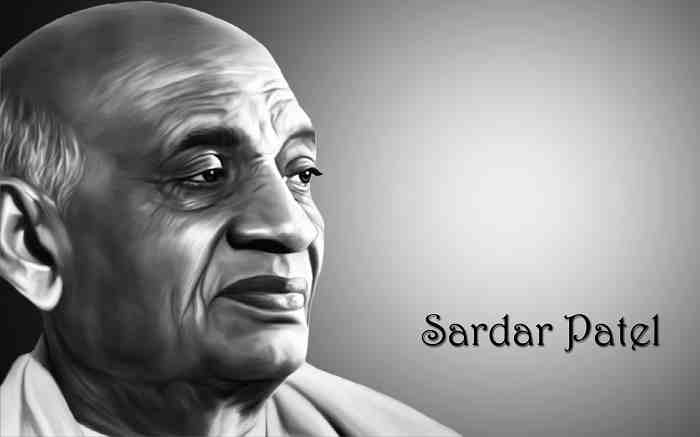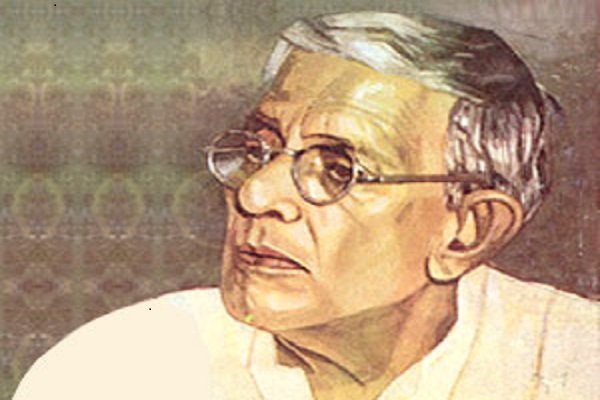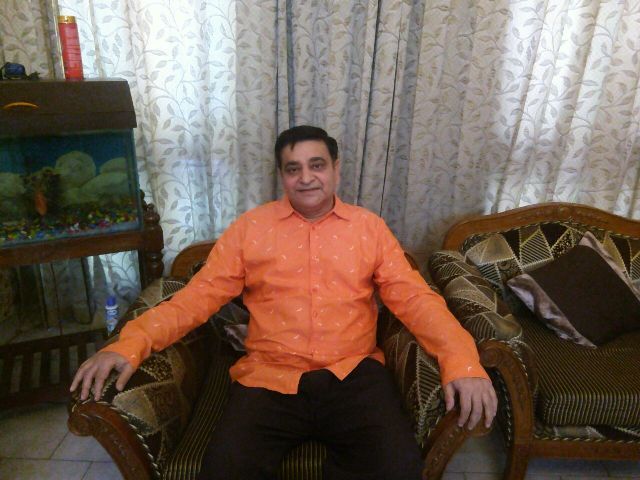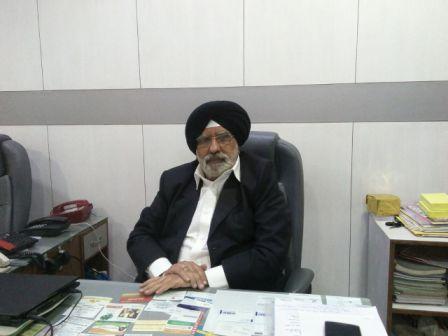
Embellishing the extinct: Alexis Arnold
Alexis Arnold is a San Francisco based artist, who enjoys every bit of her art. She works around objects, which she feels are disappearing from the world due to modernization. She believes in not giving away the message in a simple way but by making her audience get so intrigued in her art-work so that they by themselves interpret what art is all about.

“I have different ideas in my mind while making different projects and sometimes I realize what the work is about after making it. I try to not be too didactic and like the work to be open to interpretation. It’s always interesting to hear what people feel and think about my work”, says Alexis. Her art work involves beautification of objects that are no longer in use by crystallizing them. In an exclusive interview with A. Kameshwari from One World News, Alexis explains more about her art to us:
How long have you been involved in this art?
I started making art ever since my extracurricular classes and home projects in elementary school in Los Angeles. I began to focus more seriously in high school and was an art major at Kenyon College in Ohio. I went to graduate school for art at the San Francisco Art Institute. Building a wonderful community of artists in San Francisco (where I still live) has been an integral part of my desire, which is still helping me in being an artist.
Vis-à-vis your career as an artist how has been your journey so far?
I have been seriously pursuing a career as an artist since finishing my MFA in 2010. The journey has been filled with ups and downs but it felt like a worthwhile pursuit. In the end, the highlights ended up standing out in my memory more than the downsides but not so much that I get delusional. I feel good about what I have been doing recently and the trajectory I am on but I have do a lot of work to try to make sure it continues.

In this journey of being an artist, what have you learnt?
I have learned through trials and errors that striking a balance between my artwork and my jobs is one of the most important things for my practice.
I think it is important to stay grounded and remember that the art world is fickle. The fact that I may have shows or other opportunities at one point but there is no guarantee for anything in the future. Conversely, it is important to not get down on myself in the slower moments but take those times to be productive and proactive.
You believe in making beautiful things out of objects of lesser importance, how did your interest develop in this?
Looking back, I started using discarded objects in my art college. There was an incredible junkyard where people were allowed to climb around and buy from the town next to the college in Ohio. I was mostly selecting materials for aesthetic impulses at that point. During graduate school, my selection of discarded or obsolete objects became more conceptually driven but still aesthetically concerned. I use a range of new materials in my work as well.

What all materials have you beautified and how have they been used?
The most developed series of found and used objects is the Crystallized Book series, where I grow crystals on old books using Borax. I have grown crystals on a range of objects, including bicycle wheels, Bundt pans and other used kitchenware, a cactus, wig, crab shells, copper mesh, steel wool, wood, and more. I began crystallizing objects for my MFA show at the San Francisco Art Institute in 2010. When selecting objects to crystallize, I was mostly concerned with objects that had begun to lose their function or place but I also connected to it in one way or the other.
Tell us the process of crystallizing any object?
I primarily use Twenty Mule Team Borax to grow crystals on various objects but there are many household products that can also be used to grow different types of crystals. I start by creating a super-saturated solution of Borax in boiling water. When water boils, its molecules expand. I submerge the book (or other object) in the hot, saturated solution and carefully manipulate the book to my liking. As the saturated water cools again, the molecules shrink and any excess Borax crystallizes.
Once the solution has completely cooled and the crystals have grown on the submerged objects, I drain the solution and dry the object without disturbing its shape. The objects will hold their new, transformed shape when completely dry. The crystals themselves change from translucent to opaque over time depending on atmospheric conditions. This transition can take years or be made to happen rapidly.

Recently, you have crystallized the books, why?
The Crystallized Book series was prompted by repeatedly finding boxes of discarded books, by the onset of e-books and by the recent disappearance of bookstores. Additionally, I had been growing crystals on hard objects and was interested in seeing the effect of the crystal growth on malleable objects.
The work addresses the materiality of the book versus the text or content of the book, in addition to commenting on the perils of the printed book. The crystals remove the text and transform the books into aesthetic, non-functional objects. The books, now frozen with heavy crystal growth, have become artifacts or geologic specimens imbued with the history of time, use, and nostalgia.
What would be your next project?
I am currently working on a new series I have been calling ‘Concretions’, where I cast concrete in plastic bags and other molds to present an alluring material with pillowy folds and smooth surfaces that seem to tempt viewers to want to experience the pieces tactilely.

I have been applying 24 K gold leaf and gold spray paint to further push the aesthetic qualities of the concrete through the unexpected, yet attractive juxtaposition of materials.
I am fascinated by naturally occurring concretions (spheroid masses of proto-sedimentary rock) and geologic stratifications and seek to create my own versions of these amazing geologic phenomena. Another impetus for the series is my desire to use the plastic bags and bubble wrap I accumulate as readymade molds. I have also been casting lumpy, melting-looking concrete into soft and hard objects (toys, furniture, etc). I am also experimenting with holographic and grafting films, resins, foams, and other materials.
In middle of all this strenuous yet interesting process, how do you de-stress yourself?
Besides making art, I love traveling with my husband, going on hikes and snuggling with my dog, eating and cooking with friends, exploring caves and volcanoes, going to museums and galleries, watching Jeopardy, and enjoying massages.

Who are the artists that draw your gaze on their work?
I find myself drawn to three-dimensional work most but my appreciation of painting and print has grown a lot in the last couple years, especially my views towards minimalistic work. I appreciate technique, simple, analog optical effects, humor, material innovations and transformations and so on. Some artists whose work I enjoy are David Ireland, Laurel Roth, Aganetha Dyck, Diana Al Hadid, Olafur Eliasson, Andy Vogt, Doris Salcedo, Rachel Whiteread, Tauba Auerbach Ai WeiWei, Anish Kapoor, Gabriel Dawe, Randy Colosky, Margo Wolowiec, and the list goes on.
What is your goal?
My goal is to continue to making and enjoy making art. I would like to continue to explore the places I exhibit.
What is it that you would like to advice to/share with our readers?
Experimentation is important no matter what you do, art or otherwise. It is important to push yourself and try new things.
Have a news story, an interesting write-up or simply a suggestion? Write to us at info@oneworldnews.in







